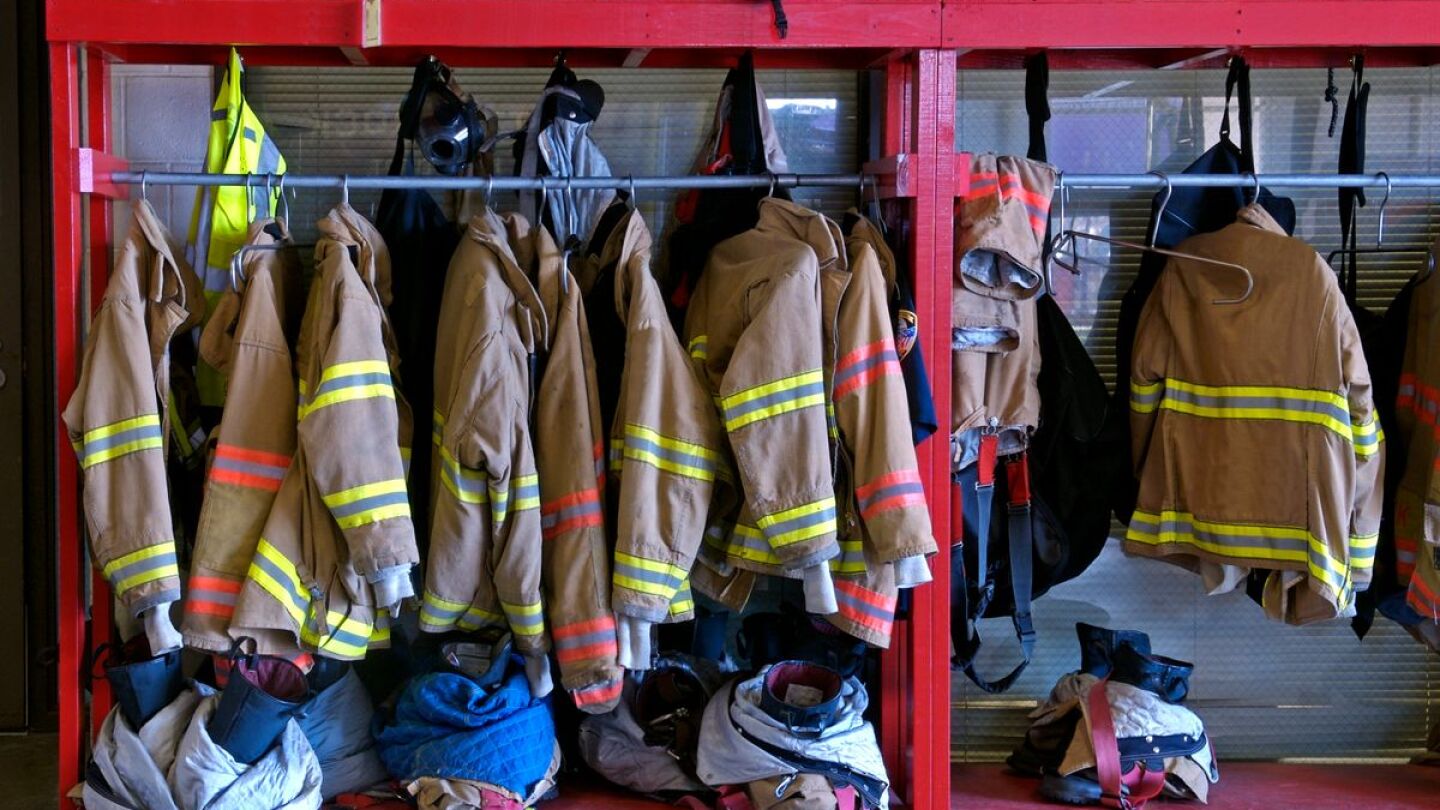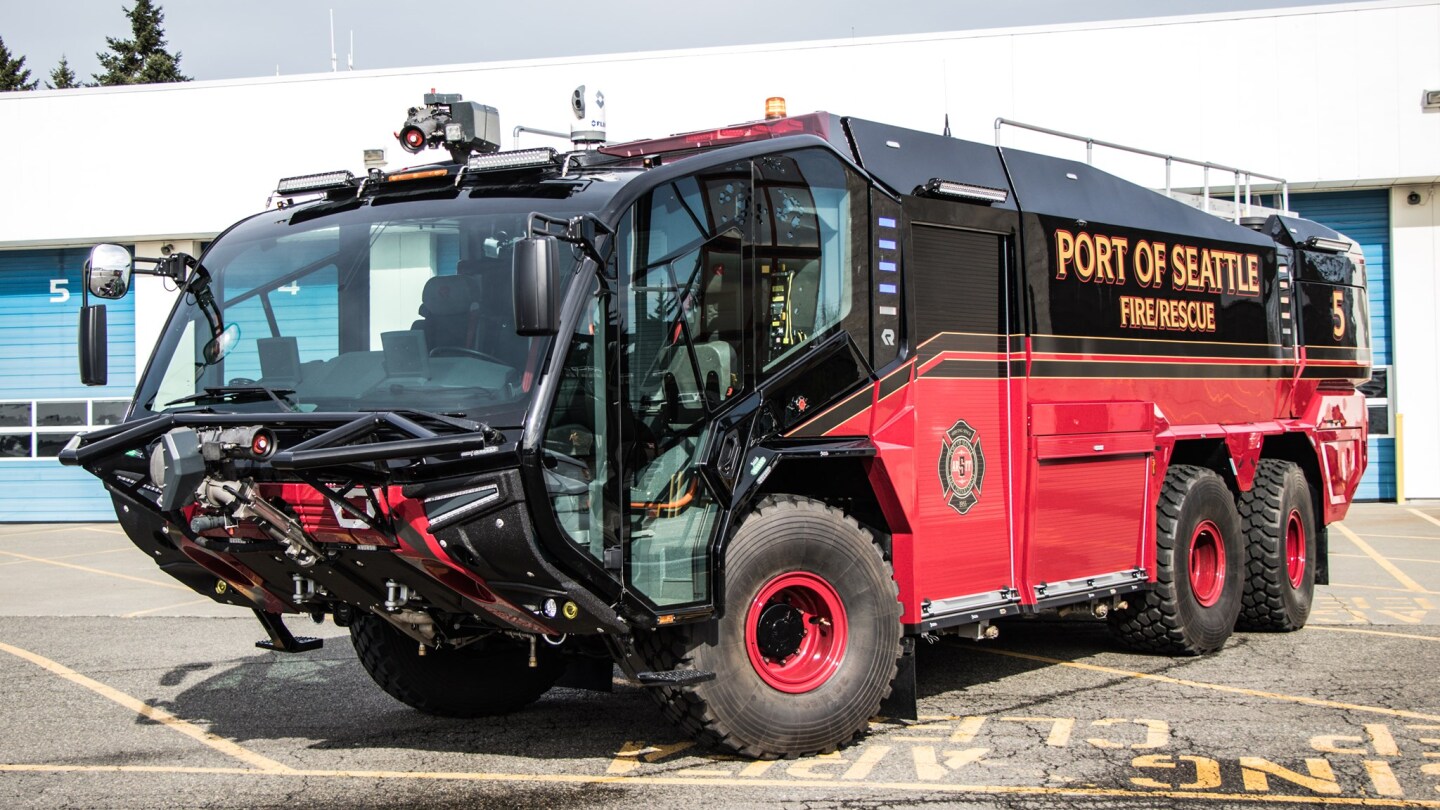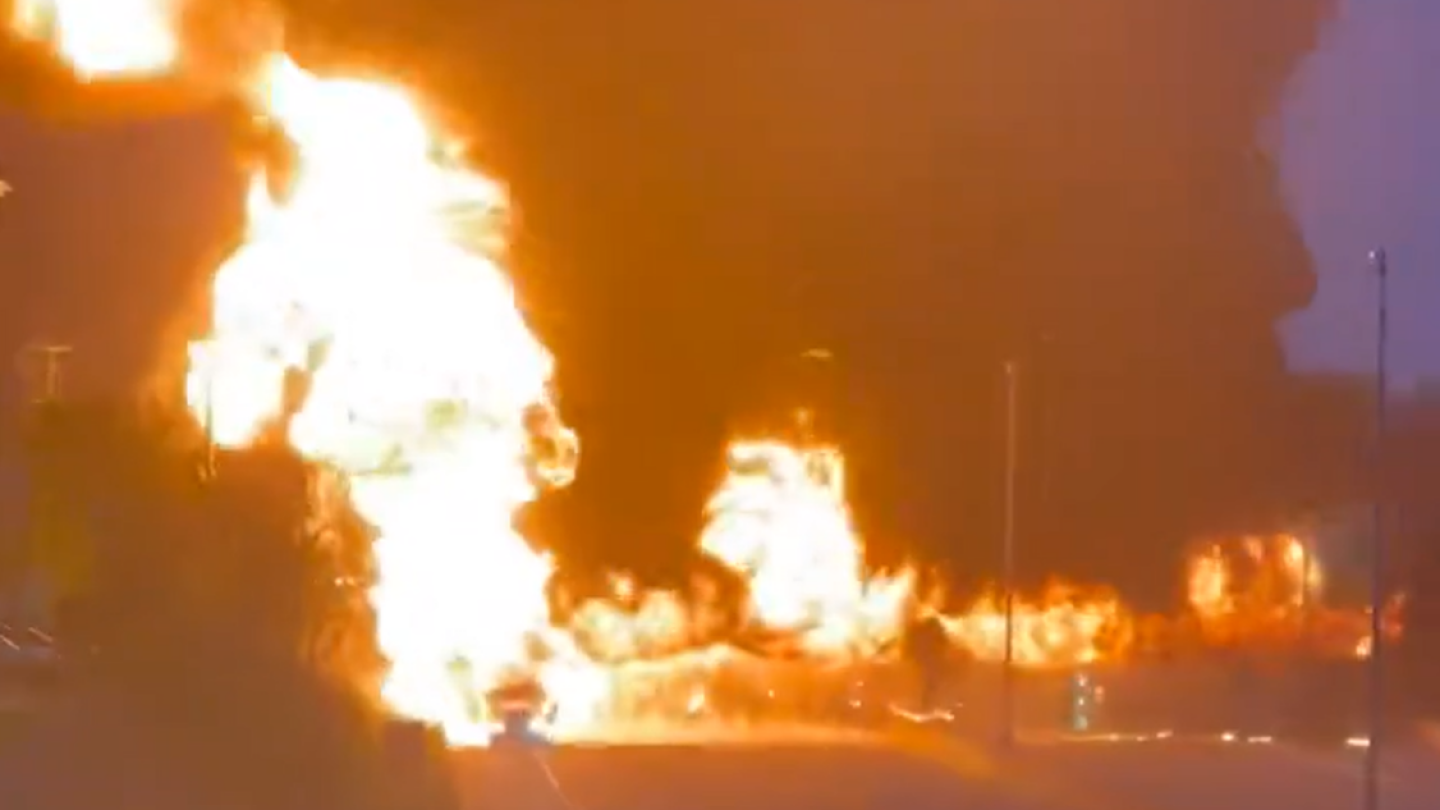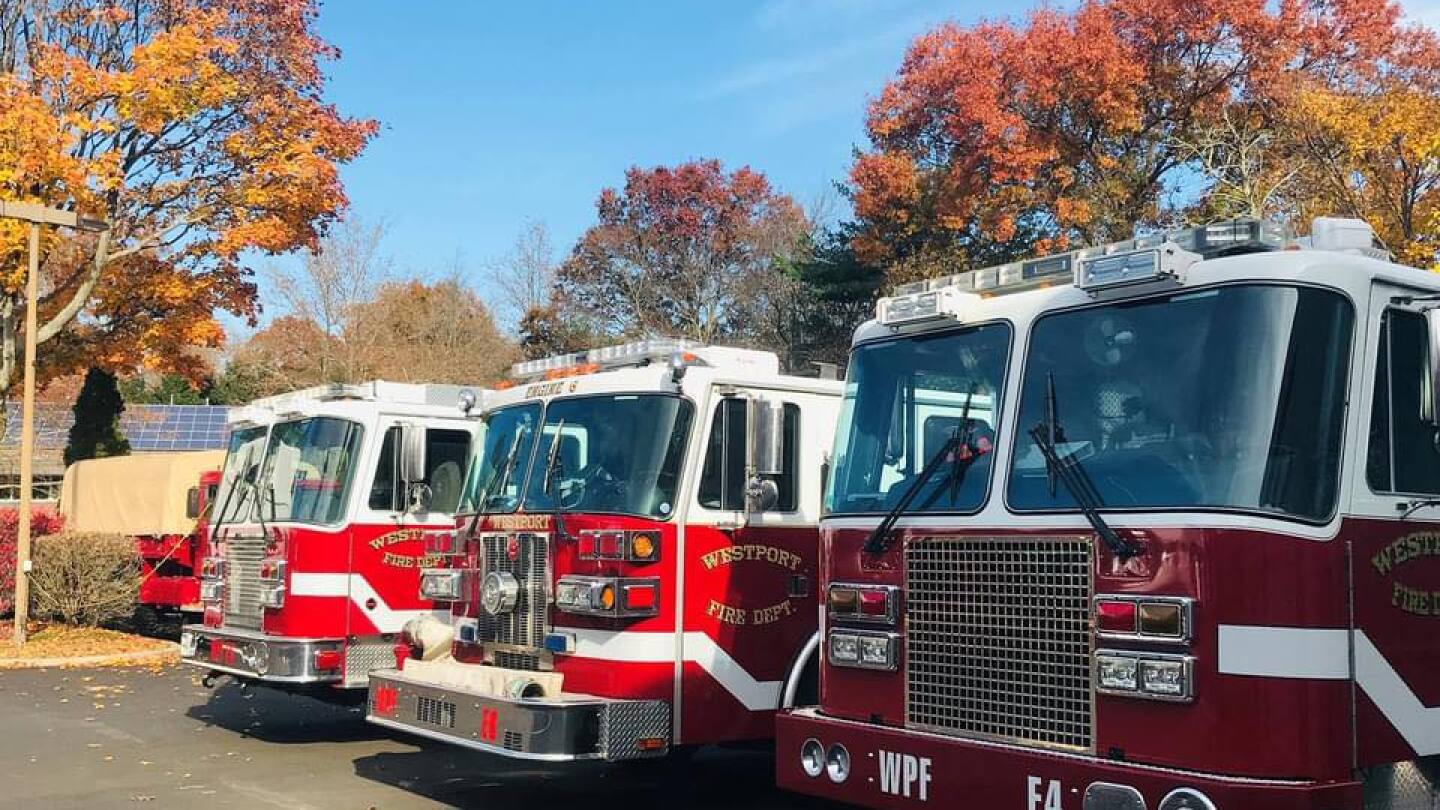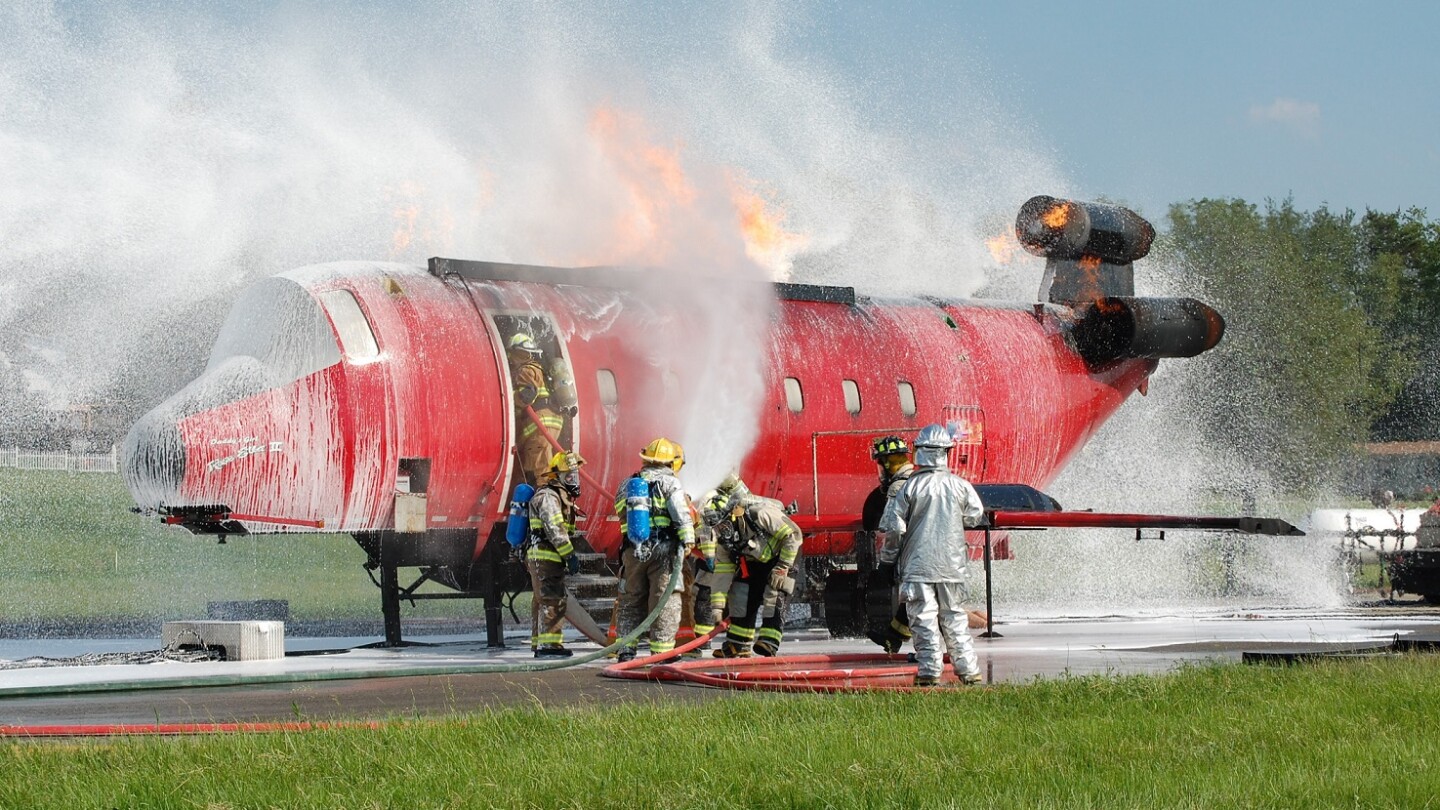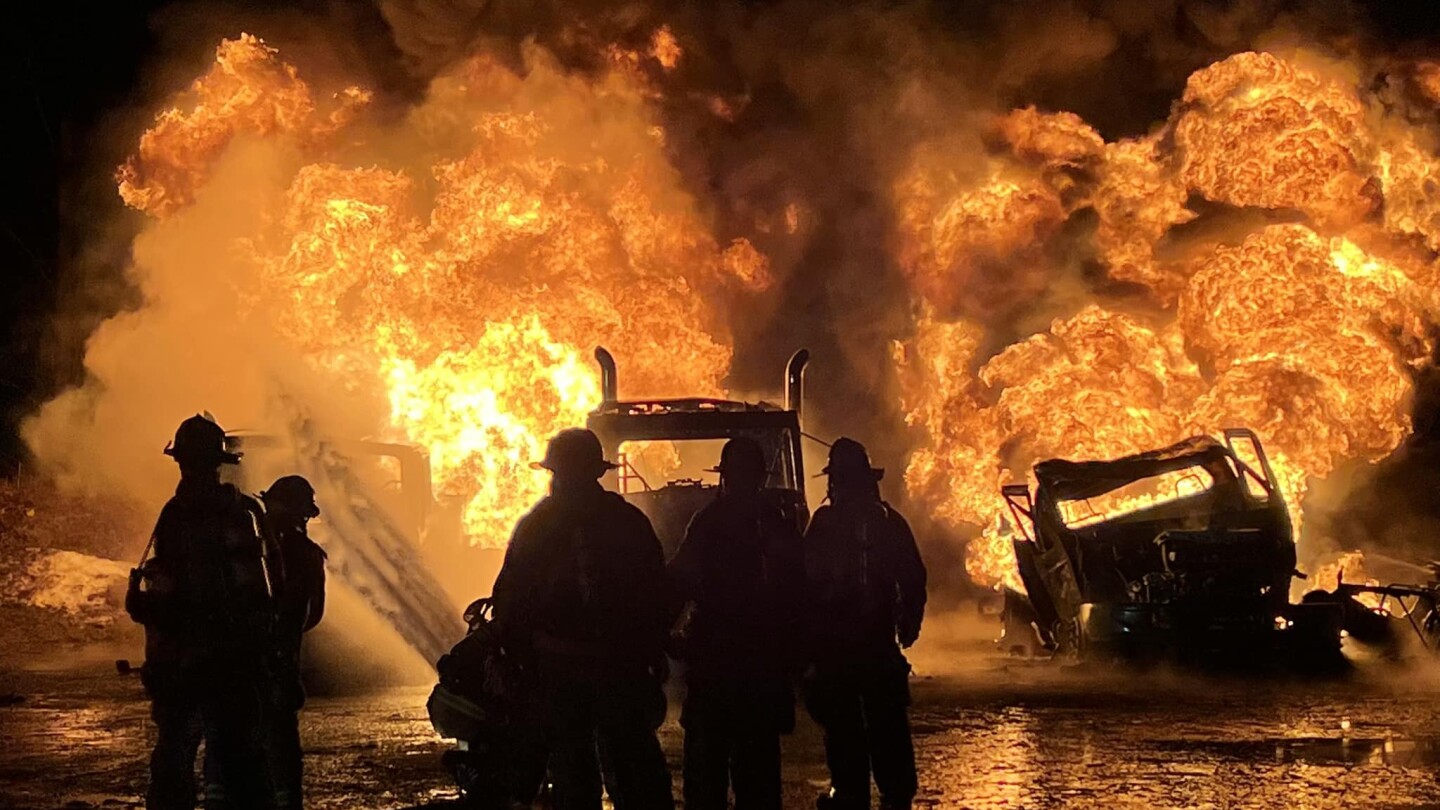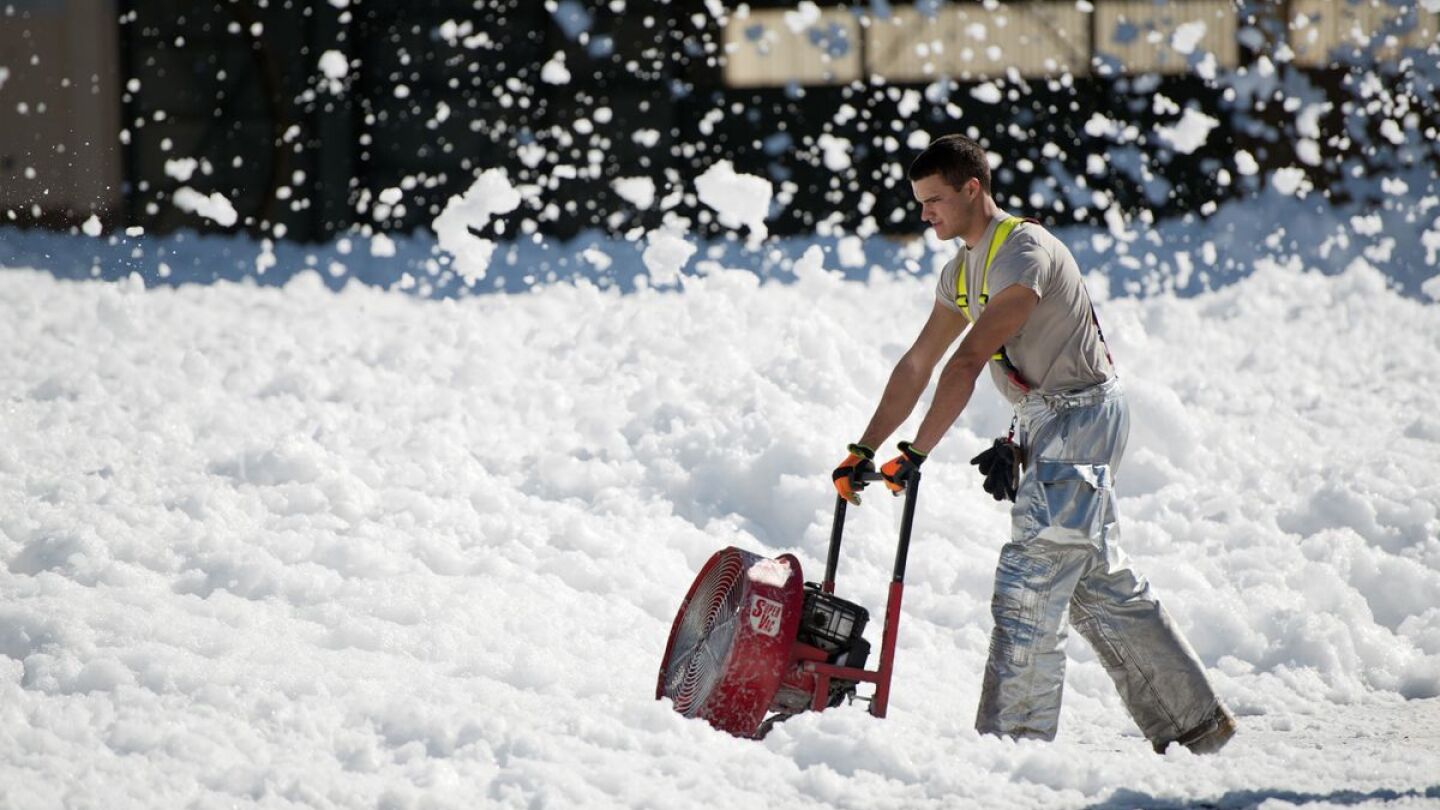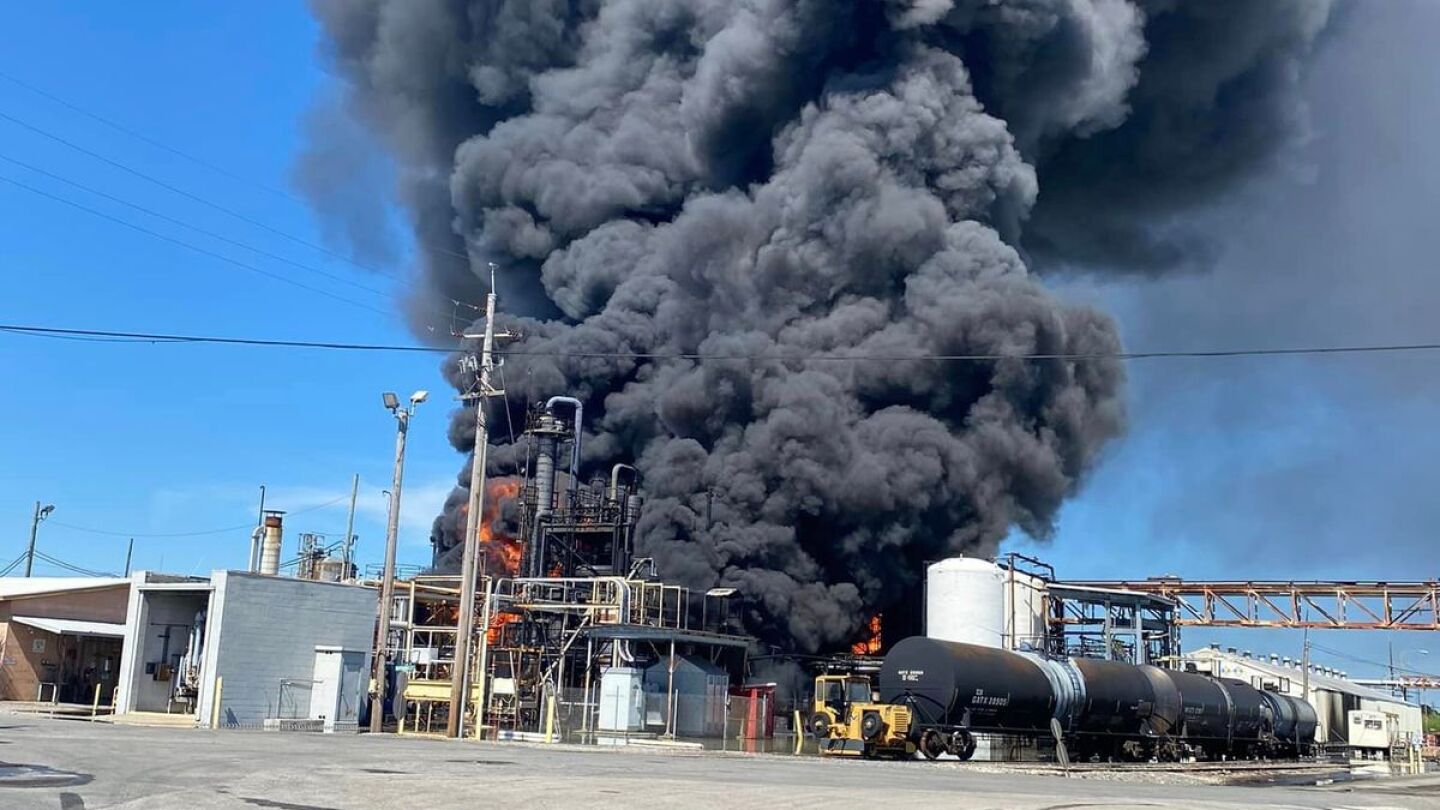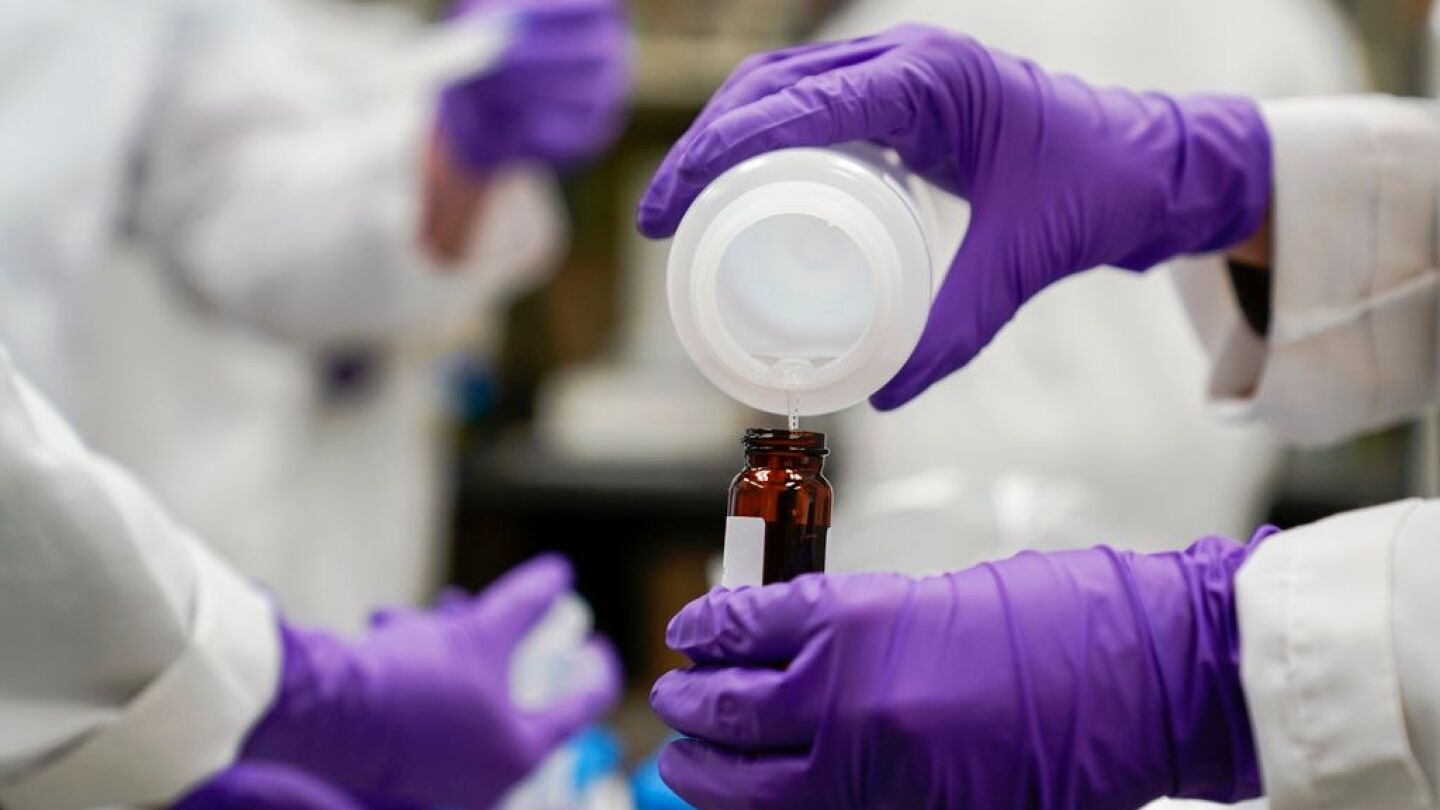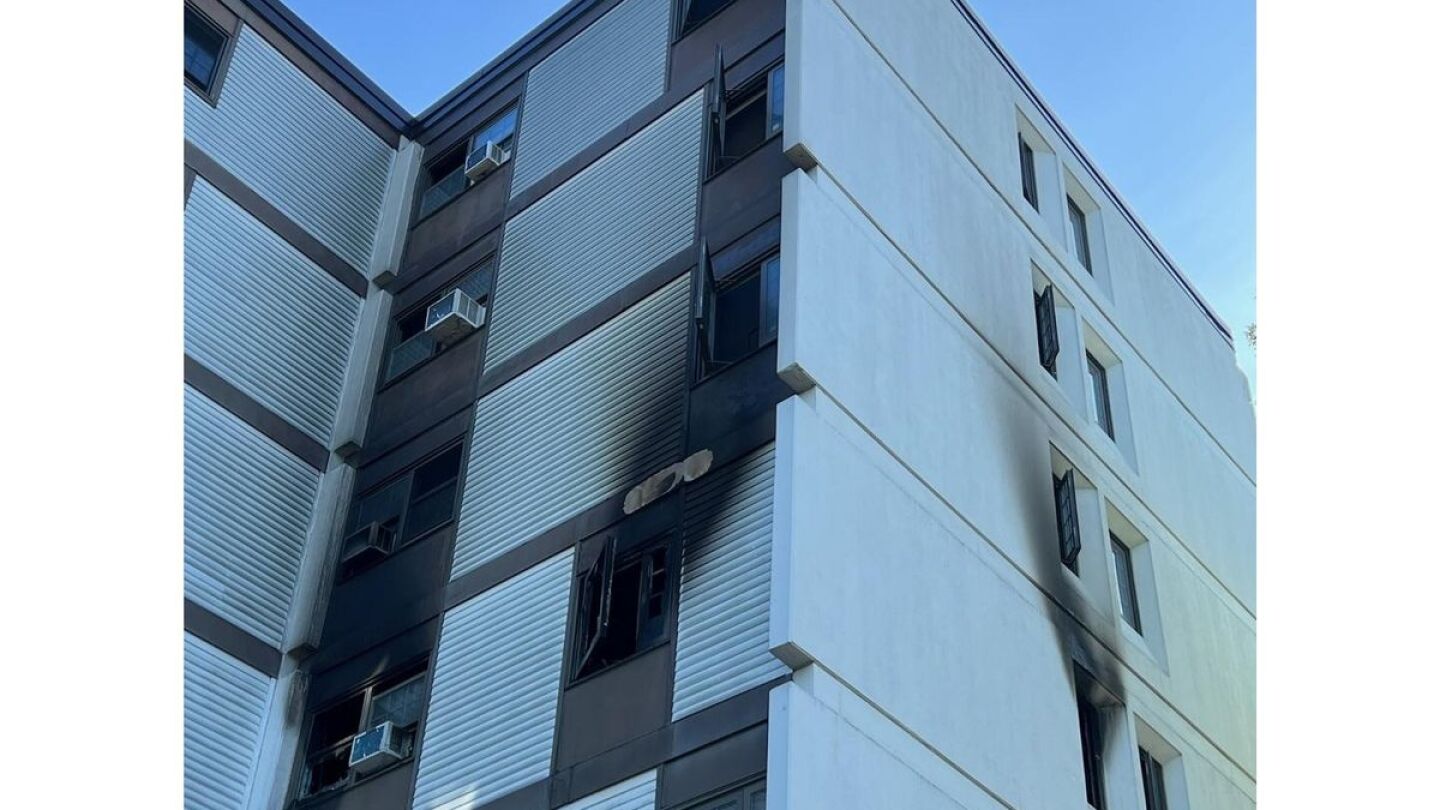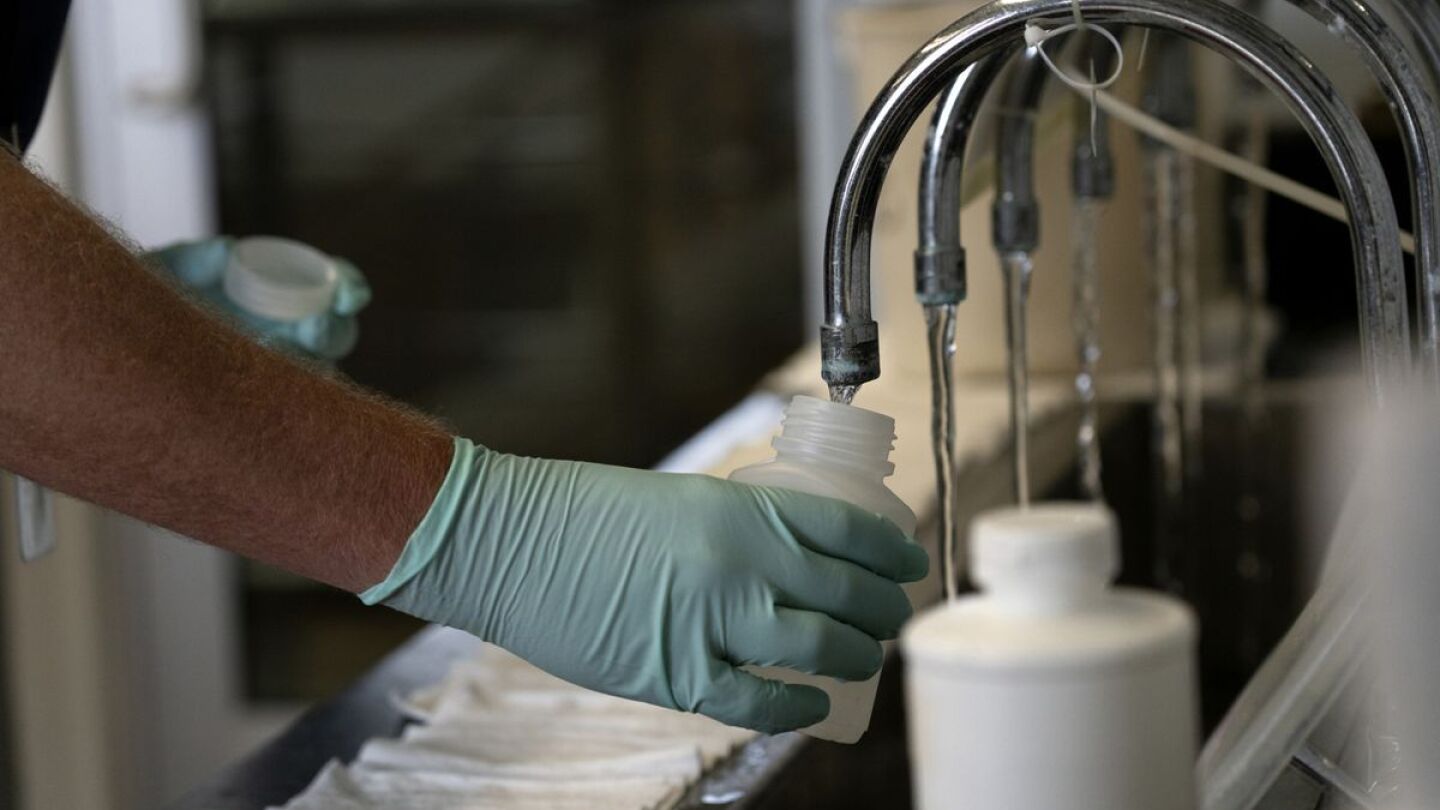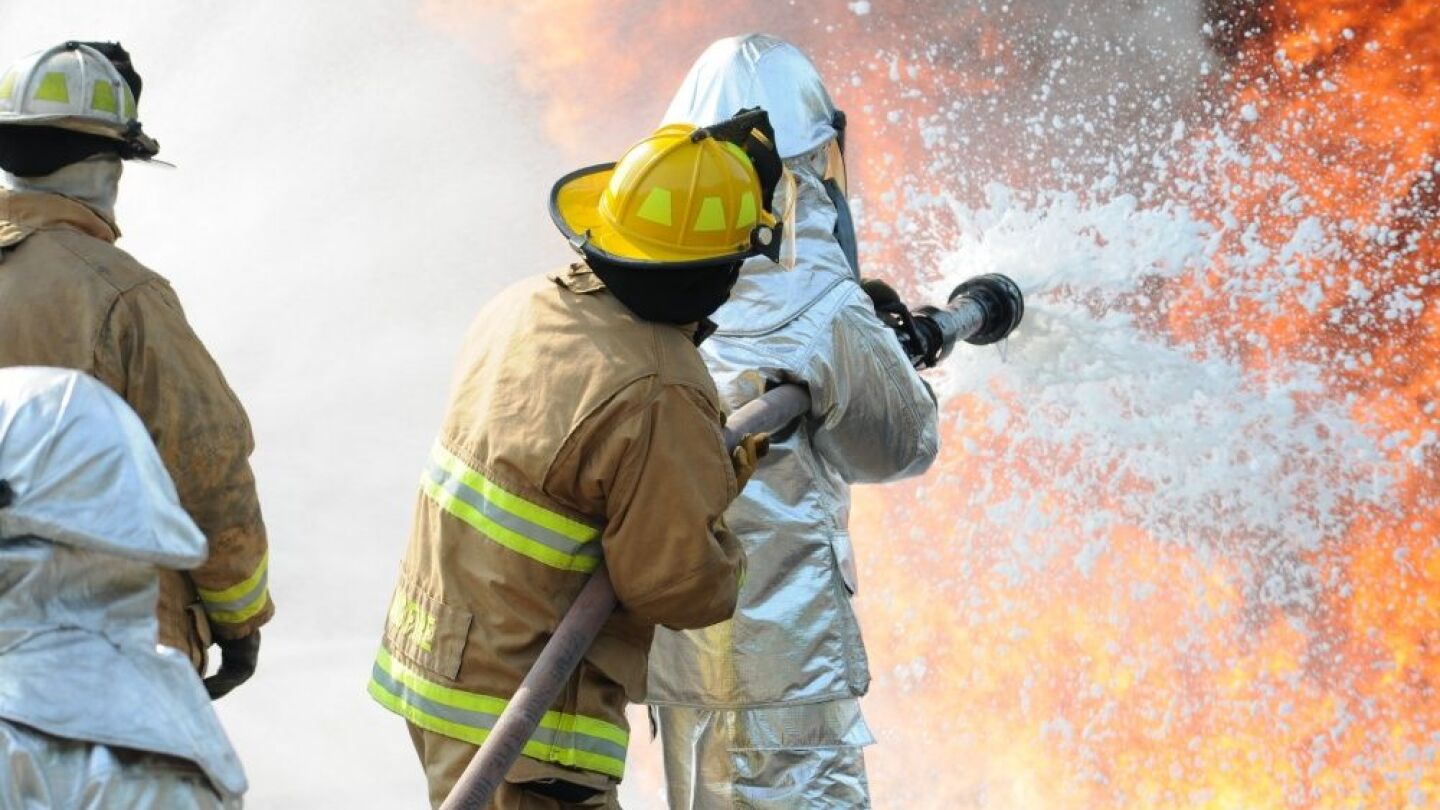Firefighting Foam
Murray County fire departments are testing SoyFoam, a PFAS-free foam made from soy flour and distributed by the state’s soybean research council
Firefighters love testing new tactics and tools, but some methods simply don’t address the key issue with EV fires
Federal regulations enacted last year focused on drinking water, products containing PFAS and firefighting foam
Understanding how NFPA 1970 addresses PFAS in fire gear
Introducing UniversalF3 Green 1% - 3% AR-SFFF from National Foam: Designed for emergency incident response
In 2024 16 states adopted 22 PFAS-related measures
From floating docks, limited access and unknowable fuel load, boat fires present unique challenges for responding firefighters
Brunswick Executive Airport’s spill of 1,450 gallons of aqueous film-forming foam concentrate is the sixth-largest in the country
Sea-Tac firefighters were often covered in the foams during training exercises and fires
The lawsuit by unions and individual firefighters against 3M and other companies seeks over $5M under the Connecticut Product Liability Act
Tanker carrying 8,500 gallons of gasoline on I-95 in Norwalk was involved in a collision with a tractor-trailer and a car
The $3M initiative has led fire departments to turn in hundreds of gallons of AFFF
Westport Firfefighter Paul Spennato tells other firefighter to be vigilant and wear gear only when necessary
SOLBERG® 3% MIL-SPEC SFFF is the first fluorine-free foam concentrate to be added to the Department of Defense Qualified Products List and earn Green Screen Certification
The mutual aid fire in Epping saw tankers, a foam trailer and an ARFF rig from a regional airport on the scene
The U.S. Environmental Protection Agency finalized a rule requiring manufacturers to report their use of per- and polyfluoroalkyl substances
Department of Defense firefighters worry about their health after research links testicular cancer to PFAS found in foam
Two Glynn County industries each gave $15k after plant fires caused evacuation orders and significant damage
The payout will settle lawsuits against 3M regarding PFAS in public drinking water systems
The first in several trials over firefighting foam and groundwater contamination was scheduled to begin Monday
A.G. Peter Neronha takes on PFAS and companies allegedly violating consumer protection laws
Firefighting foam entered the public water distribution system during a fatal fire in an apartment building for seniors
The woman was transported from Buckeye Valley to a hospital for treatment
The chemicals leach out of many product types, including firefighting foam
Since the Defense Department published performance specifications for PFAS-free foams in January, this may be the year when airports start making the switch
Chairman and Chief Executive Mike Roman says PFAS can be used safely but describes the regulatory and business environment as “rapidly evolving”
The bill creates an online public repository of tools and best practices for firefighters to reduce the release of and exposure to PFAS
Arizona researchers will work with firefighters as they build on prior findings and possible prevention opportunities
MOST POPULAR
- Seattle airport officials work to remove firefighting foam containing PFAS
- ‘Forever chemicals’: What firefighters need to know about AFFF and PFAS
- ‘A river of flames': 30 FDs battle burning oil trucks at N.H. fuel company
- Video: Blazing tanker, semi and car crash closes Conn. interstate
- Ohio launches foam takeback program to destroy PFAS





